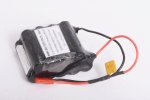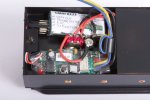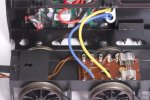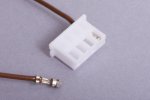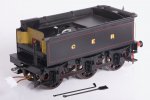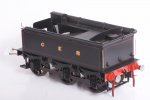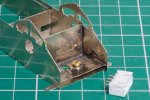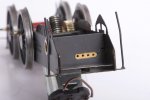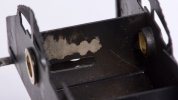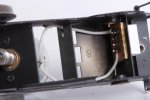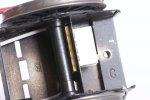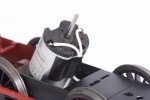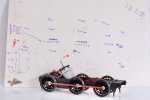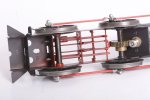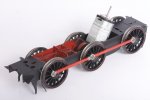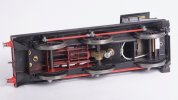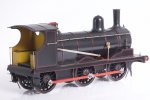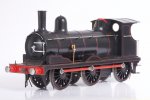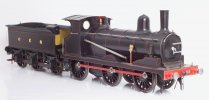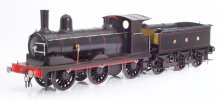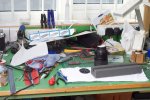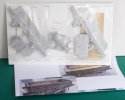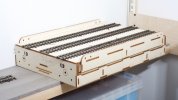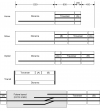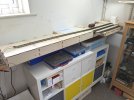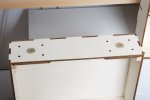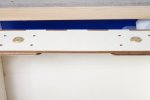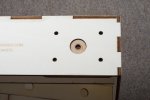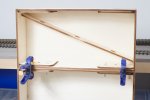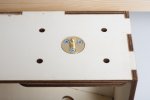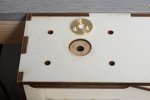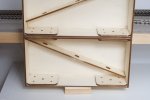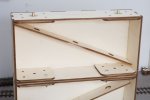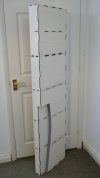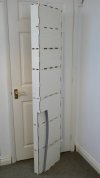GER Y14 - assembly after painting
Richard Gawler
Western Thunderer

To recap slightly, this is my Y14 and its tender on 15th March this year. I bolted the subassemblies together before sending them off to Warren for painting.
I have now completed the subassemblies for the tender, so here are some photos of this activity.
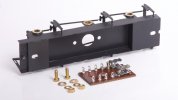
The r/c speed controller has no output protection. A dead short across the motor terminals is Unlikely but if I fit a fuse and it never blows I will have some peace of mind.

As an apprentice in the 1980s, machine screws were not only still used, but were tightened so the slots matched up.
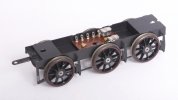
I like this palette of black and bright metal with red highlights and it is going to continue thoughout the model.
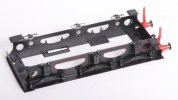
Warren asked me to leave the axleboxes and springs off the footplate assembly to make his lining task easier. I have now put them, I used epoxy glue straight on top of the paint.
I found some daylight between side frame and fooplate. I suppose, I never looked for it properly
 . It's a bit late to get the torch out so I put a narrow bead of the epoxy along the inside of the gap. I used masking tape to keep this tidy.
. It's a bit late to get the torch out so I put a narrow bead of the epoxy along the inside of the gap. I used masking tape to keep this tidy.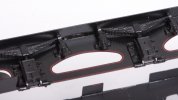
I warmed the glue with the hair dryer and this is where the glue crept through to the outside. It won't show from usual viewing angles.

The bosses on the backs of the axleboxes fouled the hubs of the wheels so I filed them down to suit.
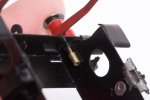
There isn't enough room for 10BA nuts on the buffer stems but there is room for some small bore tube with a flat filed onto one side. The stems are steel and the tube is brass, so I simply let the buffers cut their own threads and screwed them into place.
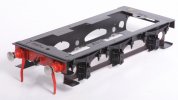
This is the completed footplate assembly. The lining on the buffer beam and buffer stocks is almost unbelievable. I have left off the coal regulator, this can go back at the very end after the wiring is done

I put a lot of planning into this build. Time will tell whether I did enough, but the shortened flange on the fooplate between the leading and centre axles makes a space to let me reach the programming button on the speed controller board.
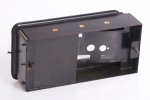
The rear handrails go into small-bore tubes soldered into the body, so it was easy to fix these into place (nail varnish) and hopefully they will stay put.
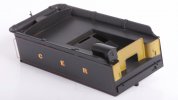
The prototypes had a visible line between the flares and the tank sides but I found it difficult to provide something right. This looks a bit rough here but it will look better when the model is moving on a layout

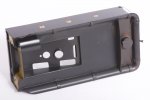
I found the equivalent joints on the top much easier, lots of 100 degree solder filed to shape.
This completes the work on the tender before adding the r/c equipment.


